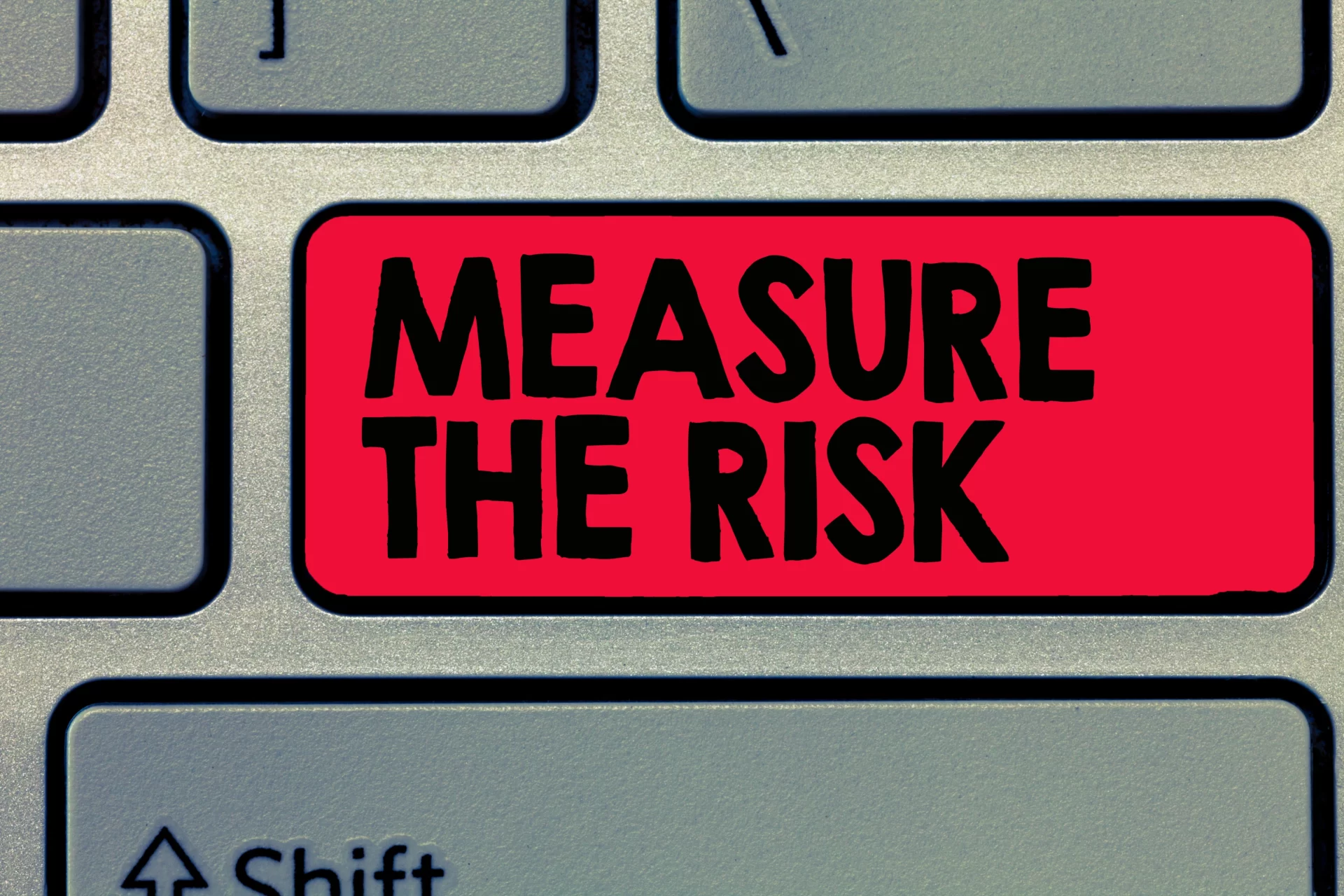Introduction In this article, we will discuss the M1: Improper Credential Usage risk which was added to the OWASP Mobile Top 10 list this year. In an era dominated by smartphones and mobile applications, safeguarding the security of personal information has emerged as a paramount concern. With an increasing reliance on these devices for storing...
Introduction In the latest OWASP API Security Top 10 for 2023, a significant shift has occurred. The latter No. 10 vulnerability, “Unsafe Consumption of APIs.” replaced the former “Insufficient Logging & Monitoring“ which was part of the 2019 list, This change reflects the evolving threat landscape and the growing importance of securing the consumption of...
Introduction It’s worth noting that the issue of “Improper Inventory Management” has gained prominence in API security and is currently ranked at No. 9 in the OWASP Top 10 API list, replacing the 2019 entry “Improper Assets Management.” This highlights its significance and the need for organizations to take proactive steps in addressing this vulnerability...
Introduction In this blog, we will gain insights about Security Misconfiguration API 8: OWASP Top 10 API 2023 which replaced API 8: 2019 Injection. In the ever-evolving landscape of cybersecurity, threats are continually growing in complexity and diversity. Among these threats, security misconfiguration vulnerabilities stand out as a pervasive and often overlooked danger. In this...
Introduction: This year we have Server Side Request Forgery (SSRF) as No.7 at OWASP API Top 10 which replaces OWASP Top 10 API 2019: Security Misconfiguration. SSRF is a security vulnerability that arises when an application fetches a remote resource without adequately verifying and validating user-supplied URLs. This flaw can enable attackers to manipulate the...
Introduction Security posture management is the constant assessment, monitoring, and improvement of an organization’s security measures and protocols. The process entails evaluating the effectiveness of security protocols, identifying vulnerabilities in security, and implementing strategies to enhance overall security measures. The main aim of Security Posture Management is to ensure that an organization’s security practices align...
Introduction Utilizing the Common Vulnerability Scoring System (CVSS), a framework that is known for its widespread recognition makes it much simpler to evaluate the potential risks posed by software system flaws. It helps quantify the severity and ease of exploiting security flaws, enabling businesses to prioritize fixing the most critical security holes. This article delves...
Introduction Organizations are confronted with a growing number of cyber risks as the digital environment changes and at this time of everybody’s lives it poses risks both professionally and personally. Businesses must have strong cybersecurity procedures to safeguard their assets and data. Attack Surface Management and Vulnerability Management are two key facets of a company’s...
Introduction Imagine you’re the captain of a powerful spaceship hurtling through the vast expanse of cyberspace, navigating through treacherous digital terrain filled with hidden dangers and malicious entities. To ensure the safety and security of your ship, you rely on a powerful tool known as a cybersecurity dashboard. A cybersecurity dashboard is a graphical representation...
As the age of technology advances the cyber threats are becoming more sophisticated and complex. Managing risks and preserving sensitive data for organizations is becoming more difficult. It often becomes overwhelming to determine which threats are more harmful to your organization, given the volume of existing vulnerabilities to be addressed. This is where risk-based vulnerability...














